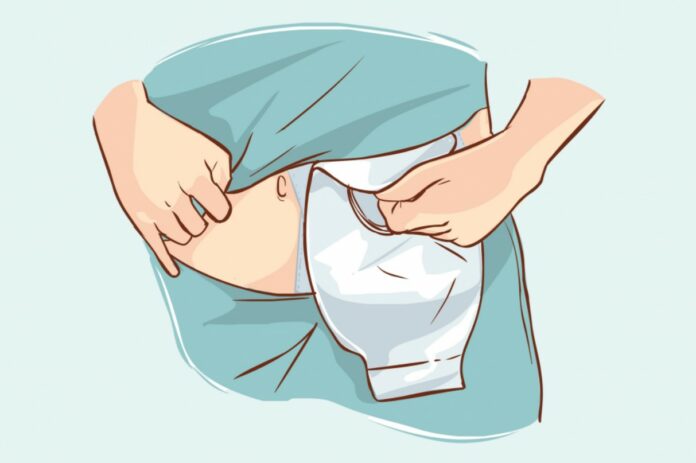Living with an ostomy can be a significant shift from one’s routine. Whether it’s due to a medical condition, injury, or surgery, adapting to life with an ostomy can be challenging but wholly manageable with the right guidance and care. Ensuring proper hygiene and maintenance is paramount for comfort, health, and confidence. In this guide, we delve into practical tips and best practices to aid in optimal ostomy care.
Understanding Your Ostomy
Before diving into care and maintenance, it’s vital to understand the basics of your ostomy:
- Type of Ostomy: Depending on the surgical procedure, you may have an ileostomy, colostomy, or urostomy. Familiarizing yourself with your specific type will inform how you should care for it.
- Stoma Appearance and Health: The stoma, the visible part of your ostomy on your abdomen, should be moist and a reddish-pink hue. Its appearance may change slightly over time, but sudden alterations can signal potential issues.
Maintenance Essentials
- Regularly Change Your Pouch: To avoid leakage and skin irritation, it’s vital to regularly empty your pouch and replace it when needed. Depending on the type and brand, you might need to change it every 2-7 days.
- Avoid Using Unsuitable Products: It’s essential to steer clear of products not designed for ostomy care. Using unsuitable creams or wipes can interfere with the pouch’s adhesion or irritate the skin.
- Monitor Output: Keep an eye on the consistency, volume, and color of your output. Any abrupt changes, especially if accompanied by pain, should prompt a consultation with your healthcare provider.
Hygiene Best Practices
- Skin Care: Protecting the skin around your stoma is crucial. Ensure it’s clean and dry before applying a new pouch. If you notice redness, rashes, or any signs of irritation, it might be a reaction to the pouch or a need for better skin protection.
- Bathing: You can shower or take a bath with or without your pouch. If you choose to do so without, ensure that you gently clean around the stoma with mild soap and water, then pat dry. Avoid using oils or moisturizers around the stoma as they can affect adhesion.
- Odor Management: Naturally, some odor is expected when changing or emptying your pouch. Using deodorizing products designed for ostomies can be helpful. Ensure the pouch is sealed correctly, and consider using odor filters if your pouch supports it.
Lifestyle Considerations
- Dietary Adjustments: Some foods might increase gas, odor, or thicken or loosen the output. It’s beneficial to note how different foods affect your ostomy and adjust your diet accordingly.
- Physical Activity: Regular activity is essential for overall health. Ensure that your pouch is secure, and consider using a support belt if engaging in more strenuous activities.
- Travel and Social Engagements: Don’t let your ostomy keep you from enjoying life. Pack extra ostomy supplies, be aware of restroom locations, and communicate your needs when necessary.
Clothing and Ostomy
Dressing with an ostomy can feel different initially. However, with a few adjustments, you can wear your favorite outfits with confidence. Opt for high-waisted pants or skirts to ensure the waistband doesn’t interfere with the stoma. Loose-fitting shirts can provide additional comfort and discretion. There are also specialized undergarments available that provide support and concealment. Remember, the goal is to feel both comfortable and stylish while ensuring your ostomy functions optimally.
Embracing life post-ostomy can seem daunting, but with the right care regimen and supportive tools, it becomes second nature. Equip yourself with knowledge, the best ostomy supplies, and a positive outlook. In doing so, you’ll find that this new chapter can be navigated with confidence, comfort, and grace.


